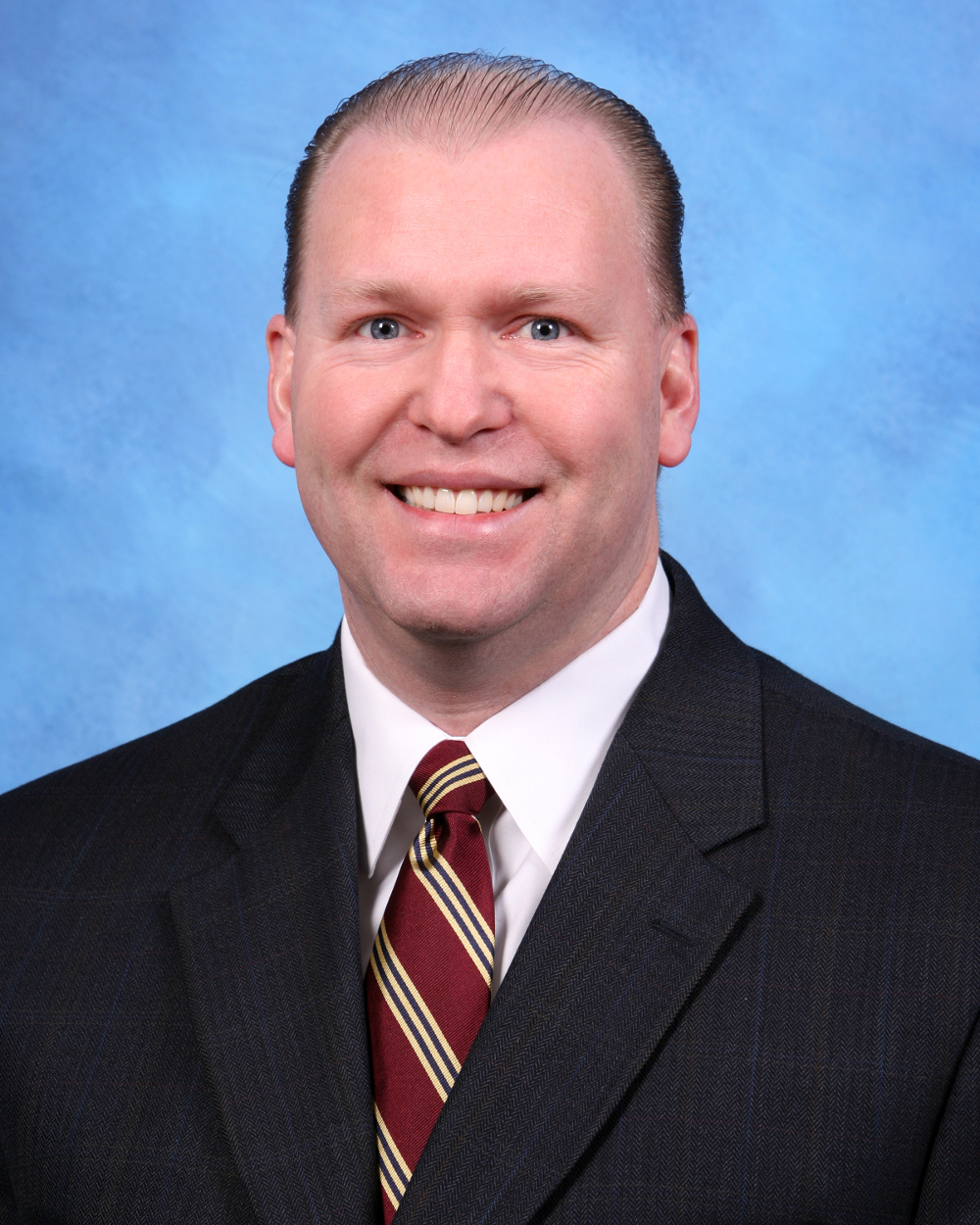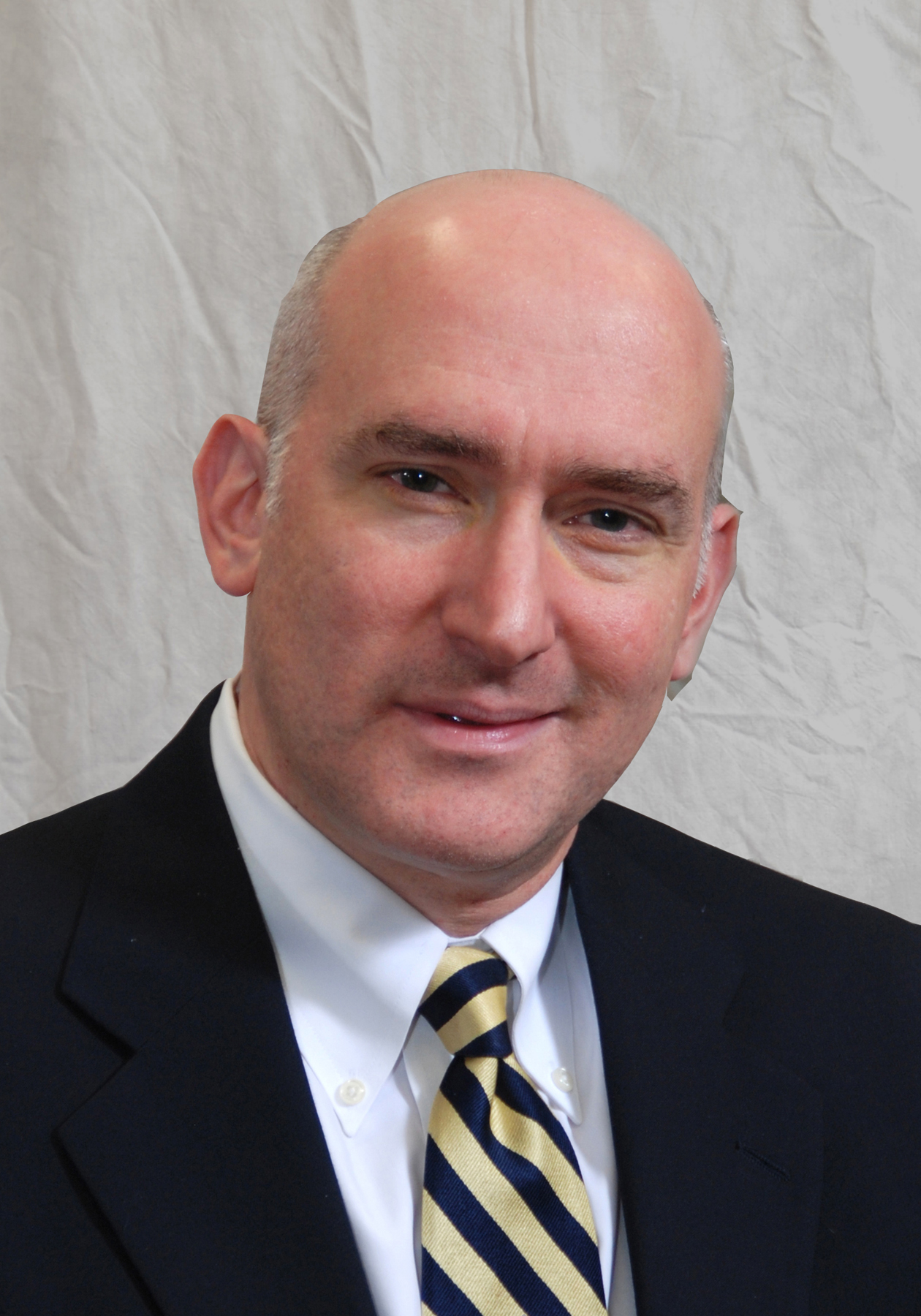Here are 15 spine surgeons discussing the biggest concerns and opportunities in spine surgery for the future.
 Jeffrey R. Carlson, MD, President, Orthopaedic and Spine Center, Newport News, Va.: Spine surgeons are coming under greater scrutiny for the expense of the surgeries that they perform. The complex procedures that are needed to improve a patient's function are some of the most expensive surgeries performed. These procedures will continue to be questioned through hospitals, insurers and governmental agencies which will force surgeons to limit their practices and withdraw from these highly specialized skills. As these outside forces pressure surgeons, innovation and creativity will be hindered.
Jeffrey R. Carlson, MD, President, Orthopaedic and Spine Center, Newport News, Va.: Spine surgeons are coming under greater scrutiny for the expense of the surgeries that they perform. The complex procedures that are needed to improve a patient's function are some of the most expensive surgeries performed. These procedures will continue to be questioned through hospitals, insurers and governmental agencies which will force surgeons to limit their practices and withdraw from these highly specialized skills. As these outside forces pressure surgeons, innovation and creativity will be hindered.
Andrew M. Cordover, MD, Andrews Sports Medicine and Orthopaedic Center, Birmingham, Ala.: Numerous issues and challenges face spine surgeons today. These encompass multiple arenas (political, insurance, quality of care, technology, etc;). One area of major concern is that of the aging spine. Surgery can be more complex, with lesser outcomes, increased complications and longer duration of hospitalization. These all contribute to higher-level utilization of resources. This places new levels of demand on our system.
quality of care, technology, etc;). One area of major concern is that of the aging spine. Surgery can be more complex, with lesser outcomes, increased complications and longer duration of hospitalization. These all contribute to higher-level utilization of resources. This places new levels of demand on our system.
Philip Schneider, MD, The Centers for Advanced Orthopaedics – Montgomery Orthopedics Division, Director of the Spine Center, Holy Cross Hospital: There are several major issues confronting spine surgery at the moment. The first major issue is the government's insistence that spine surgeons participate in PQRS, meaningful use, and value based modifiers by using metrics that have been developed for primary care physicians. The whole process is counter intuitive to good care and wastes valuable resources and money. However, without playing this game, we could stand to lose 10 percent of our Medicare dollars.
The second issue is the obstacle that insurance companies have created to impede patient care. Unnecessary time-consuming phone calls in the guise of "peer-to-peer" conversations are now dominating my day. Rejections of appropriate medically-indicated imaging studies and treatments have become the norm. Recently, I did a very successful right SI joint fusion. One month later, the patient wanted the left side done. During that one month timeframe, the insurance company created a new obstacle that prevented the left side from being done. The patient is devastated.
Ian Armstrong, MD, Medical Director, Southern California Spine Institute, Los Angeles: One of the most important issues facing spine care and spinal surgery is moving spine care and spinal surgery into an evidence-based decision making process; one with broader more standardized algorithms and protocols for treatment decision making. This must be done in a manner that does not interfere with the individual doctor-patient relationship, but shapes spine care in to a more uniform care model. This will allow for improved outcomes, while maintaining economically-sound patient care principles. Some form of evidence based, "standardized treatment" with spine surgeon and spine care professional society self moderating and monitoring is important if we are to maintain the highest quality patient care model that is doctor, patient and outcome driven. This is also important if we as physicians want to maintain our important role in the spinal surgery decision making process.
This has become more important as rapidly improving and advancing spinal surgery technologies are being introduced almost daily. This presents a confusing constellation of care options for the insurance companies, patients and provider. It is the medical professionals, and our professional societies that must drive the development of these spine care protocols. If we do not take the lead we will follow primarily corporate based, economically driven models.
Scott Lederhaus, MD, President of the Association for Medical Ethics: From my perspective the most interesting and most tragic issues surround the corruption in medicine, but in particular with the spine industry. The corruption surrounding consulting arrangements, physician-owned distributors and the idea that every patient with any level of low back pain is a surgical candidate is nothing short of unbelievable.
Spine surgeons, and physicians in general, have lost the ability to police our own industry. The State Medical Boards have become impotent. The peer review at our hospitals is equally impotent. Physicians are afraid to say anything against another physician for fear of retaliation and slander/liable suits. What about the patients? Have we forgotten our role in treating patients? It would seem to me that the spine world needs to refocus on what is important and get back to doing what is best for the patient and not what is best for our bank accounts.
William Tobler, MD, Department Director of Neurosurgery at The Christ Hospital, Cincinnati: The coming year will be one of continued development and improvement of minimally invasive spine technologies. The introduction of smaller implant devices will allow surgeons to perform interbody fusions through even smaller tubes. Endoscopic approaches in certain circumstances are being refined by the introduction of effective drills and punches through 8 mm endoscopes with crystal clear optics. Although reimbursement continues to be a roadblock for these newer technologies, I am hopeful that experience and evidence will persuade payers to cover these interventions, enabling surgeons to provide these treatments to more patients. The movement to increase outpatient surgeries with these technologies will continue.
Purnendu Gupta, MD, Director, Chicago Spine Center, Weiss Memorial Hospital, Chicago: Genetic research into the disease is thrilling. Currently, snips of genes that effect the growth and development of adolescent idiopathic scoliosis — the most common form of scoliosis — have been identified. Initial research points to a combination of genetic and environmental factors in etiology disease. Although we are likely years away from applying these findings to the clinical setting, eventually these discoveries will help clinicians to get a better perspective on the causes and possible prevention of scoliosis.
Brian R. Gantwerker, MD, The Craniospinal Center of Los Angeles: Two main concerns are related to the drastic transformation of healthcare in the United States. Firstly, the changing philosophy of how doctors are paid and under-valued. The obvious concern is diminishing reimbursement for increasingly sick patients and not being able to afford increasing overhead. I fear the net effect will be a parallel medical system for those that can afford private doctors and those that cannot. I only hope the quality is still affordable for our patients.
My other concern is the stifling of innovation. If there is no incentive for the device companies to make better, safer and more effective products, the market engine will stagnate and clinically, I think, we will not evolve or get better at what we do.
Kern Singh, MD, Minimally Invasive Spine Institute, Chicago: Spine surgery is a high target for medical malpractice. It's hard to say, "Go practice in the cost-efficient, high value system, but if you don't order the extra MRI the patient can sue you." It happens all the time, and now there could be some changes with the Republican controlled Congress and Senate. It could help if we eliminated the opportunity for insurance companies to have different plans across state lines and we had uniform malpractice reform. This is the only way to change, or bend, the cost curve. We have an unsustainable old model and we're working toward a new healthcare model.
Richard Kube, MD, Prairie Spine & Pain Institute, Peoria, Ill.: Minimally invasive techniques can save a lot of money and the insurance companies are still branding some procedures as experimental. I think once we get the message across that less invasive procedures are being done in a more expeditious manner without complications, there will be more coverage. Especially if you start looking at the full cost of delivery for care, the outpatient setting is much cheaper than the hospital. There are a lot of untold items like lost work days that come into play as well.
Zoher Ghogawala, MD, Lahey Hospital & Medical Center, Burlington, Mass.: I think the area of education is very exciting for the future. The spine community has always admired the airline industry for their use of simulation, and now for the first time we are seeing new technologies that allow simulation training for residents and fellows. Established spine surgeons are also able to develop new skills and use simulators before we implement new technology. I think these simulation strategies and devices will be presented at national meetings and surgeons will increasingly recognize their value and importance. As they are contemplating newer techniques, they'll want to know what simulation technologies are available to them and add those technologies to their practice.
Narvinder Sethi, MD, The Centers for Advanced Orthopaedics – Potomac Valley Division, Olney, Md.: The most successful leaders are looking ahead and seeing how the combination of science and technology can lead them to creating a better result for the patient. The leaders are looking for a whole patient experience whereby a patient can learn about their diagnosis and be treated both effectively and efficiently in a manner that disrupts their lives and those of their loved ones to a minimal degree.
Robert Tatsumi, MD, Oregon Spine Care, Tualatin: We are working on ways to provide cost-effective surgeries not only in the United States, but also internationally. Here we have the luxury of having the best healthcare in the world, but it can be some of the most expensive. We can't always provide the same care abroad because of cost. As a result, we are designing some devices to provide appropriate care in third-world countries for a significantly lower cost. Hopefully, it will also have an influence on what we're doing here.
David Mitchell, MD, OA Orthopaedic Associates, Spartanburg, S.C.: New devices invented and produced by physicians are going to be very rare thanks to the OIG painting physician involvement in a company with the same brush as they do physician-owned distributorships. I believe the biggest opportunities in spine will be to make spine surgery more cost-effective with efficient procedures and ones that enable the spine surgeon to perform more out of the hospital surgery in a safe and effective manner.


